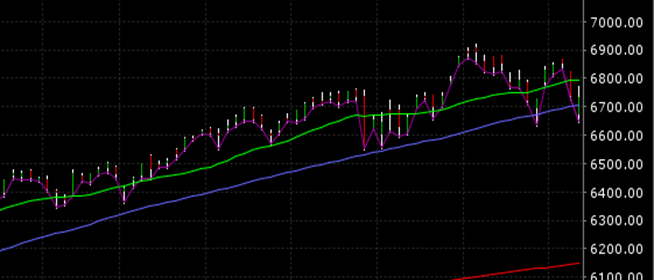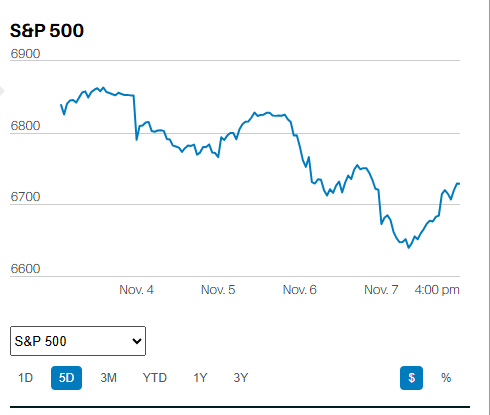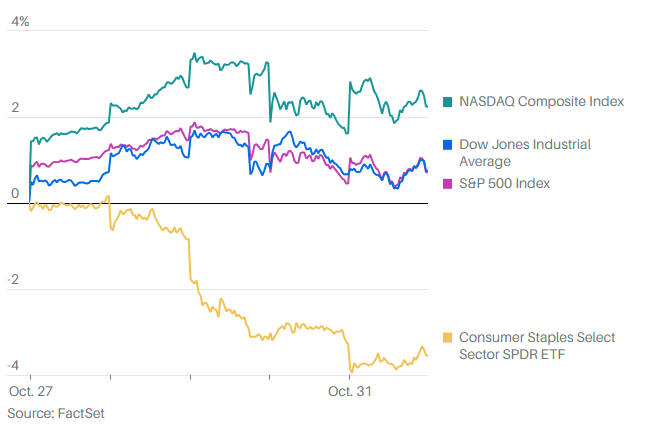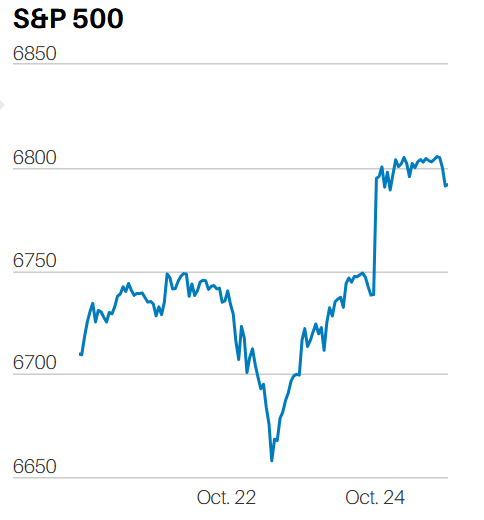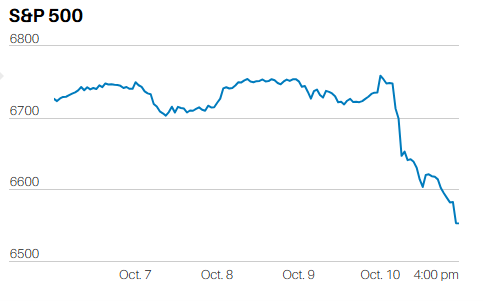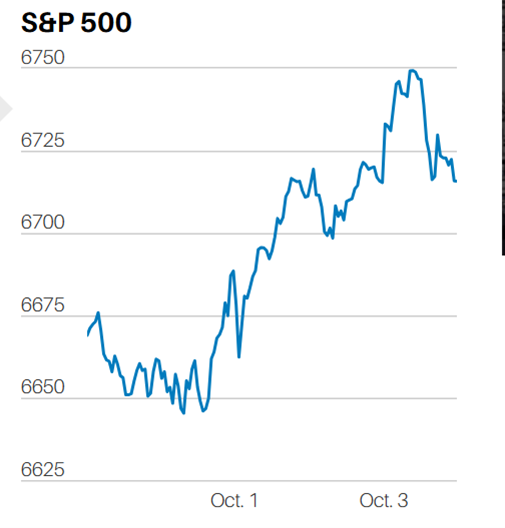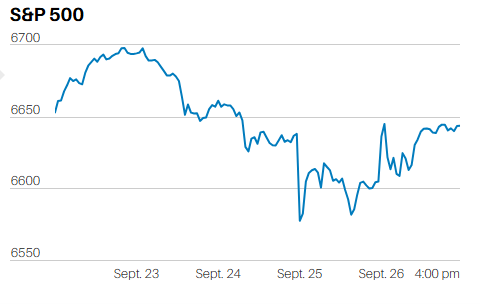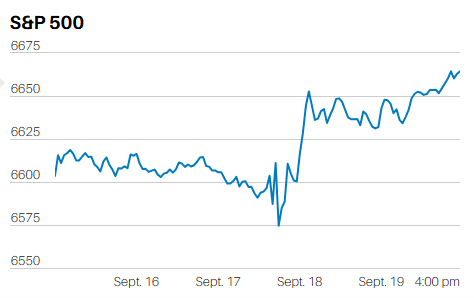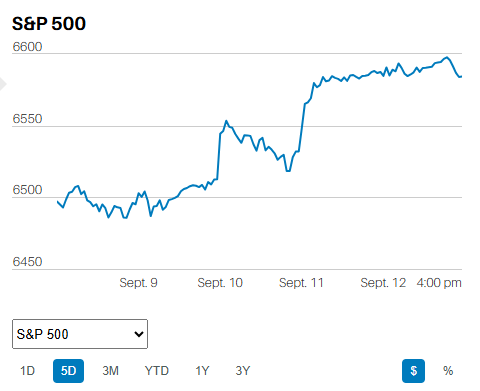INVESTING IN STOCKS
Most people don't put much thought into what buying a stock means.
In fact, most people don’t buy individual stocks, but instead invest in equities using mutual funds – often in their 401(k) account. Investing in mutual funds does make it easier to diversify, but it also introduces an intermediary in the stock buying process, removing it one step further from the individual and making it that much easier to forget what investing in stocks is all about. Now, throw in the fact that most stock mutual funds aren’t actually investing in companies, but speculating on stock price movements instead, and you have a recipe for mediocrity at best, and downright awful results at worst.
What’s the difference between investing in companies and speculating in stock price movements, and why do we make the claim that most mutual funds are speculative vehicles? Well, the data tells us as much. According to William Harding, an analyst with Morningstar, the average turnover ratio for managed domestic stock funds is 130% (Apr 23, 2018). One hundred and thirty percent turnover equals an average holding period of just 281 days, or a little more than nine months. Domestic stock mutual funds aren’t investing your money. They are speculating with it; speculating on short term stock price movements.
Investing in a stock is buying part ownership in a business. We take an equity stake in a business to collect our share of the profits from that business. Profits are paid out as dividends to owners. Profits are also used to buy back shares of stock, which increases our stake in the company, increasing our share of future cash flows. Warren Buffet recently remarked that Berkshire Hathaway was increasing its stake in Apple two ways: first by buying shares on the open market, and second by doing absolutely nothing while Apple continues to buy back big chunks of its stock. Buffet sounded positively gleeful at the prospect of owning a larger stake in Apple without having to pay another cent.
Investing in stocks, then, is buying part ownership of a business, entitling you to future profits. Profits can be paid to you as dividends, used to buy back shares, thus increasing your claim on future profits, or reinvested back in to the business in the expectation of increasing future cash flows. Regardless of how a (hopefully) growing stream of profits are used by management, you’re not going to receive your share over a period of years if you don’t own the stock longer than 9 months. And it’s the compounding of profits over years and years that eventually leads to large increases in investor wealth.
Investors, of course, need to put a value on the future stream of profits they expect to receive. Astute investors hope to pay less for a business than it’s actually worth, thus earning an above market rate of return. The price you pay for a share of a company is the single most important aspect of investing. Pay too much and your returns will be less than the market rate. Pay fair value and you’ll receive the market rate. Buy into a business for less than it’s worth, and you’ll earn an above market rate of return.
Fortunately, there’s a substantial amount of historical data available to help investors value a business, making it possible to earn an above market rate of return with individual stock picking. Unfortunately, most stock mutual funds aren’t attempting to buy cash flows at a discount, but instead hoping to make a quick 10% to 20% on stock price fluctuations. The data categorically shows that they fail, making it more profitable for individual investors to buy index funds rather than actively managed speculative mutual funds. Their other option is to learn how to value businesses and attempt to buy individual stocks for less than the intrinsic value of the underlying business, or to hire someone who can do it for them…outside the mutual fund space.
